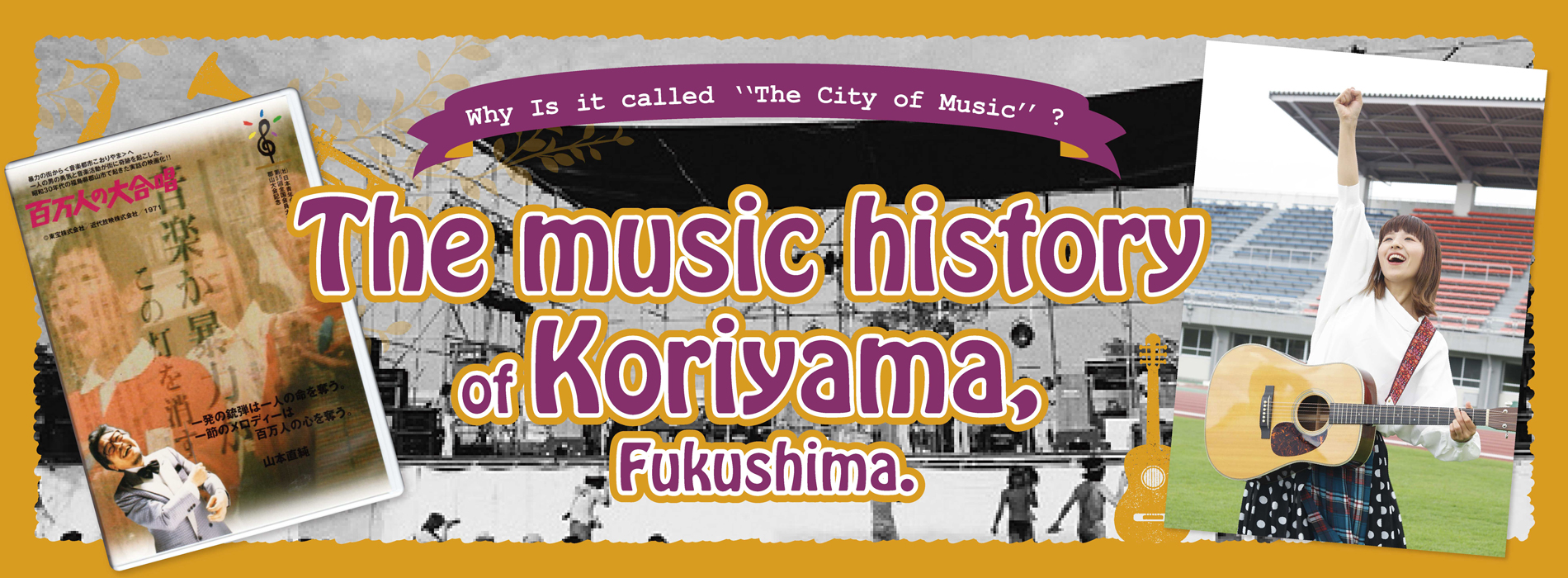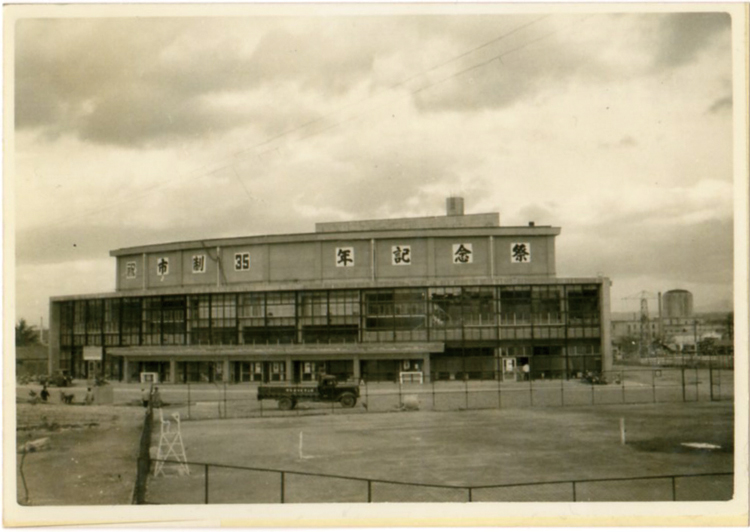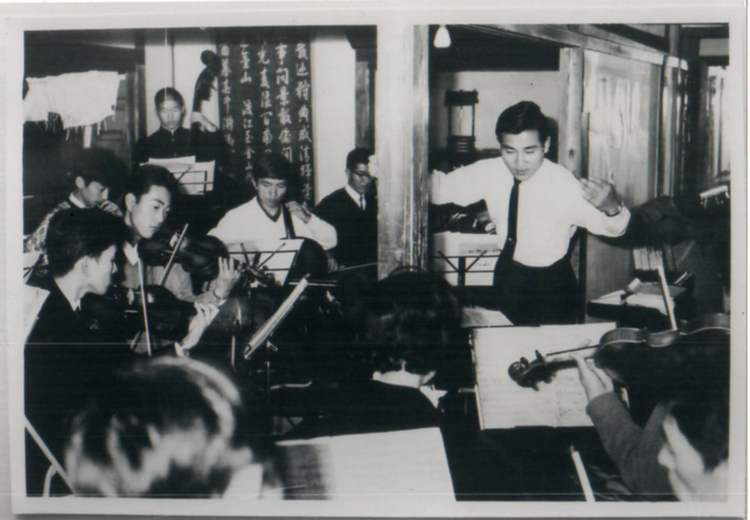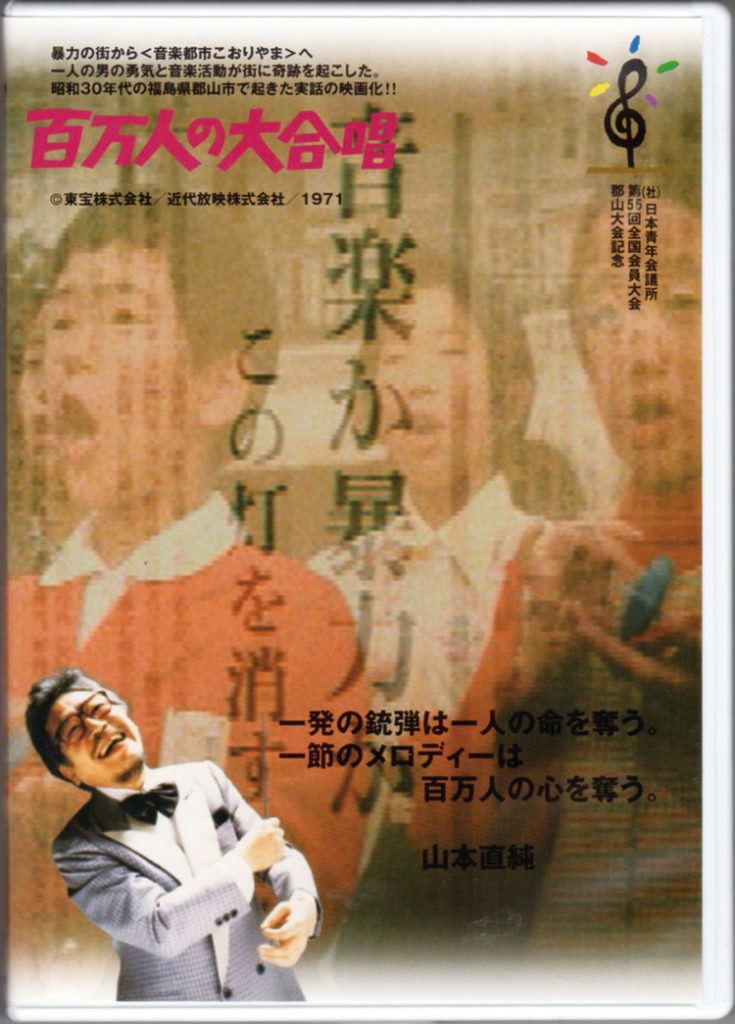The music history of Koriyama, Fukushima. Why Is it called ‘‘The City of Music’’? ~Showa era~ Vol.1

The music history of Koriyama, Fukushima
Why Is it called ‘‘The City of Music’’? ~Showa era~ Vol.1
“Gakuto-kun” is known as the mascot of Koriyama, Fukushima. Music is thriving in every school in the city, winning many awards in chorus and ensemble competitions, and frequently participating in national competitions.
In 2008, Koriyama was declared a “city of music”, and since then Koriyama has had flourishing musical activities.
Japan’s first music festival was held here, in Koriyama in the 1970’s. They role model the Woodstock festival which was happening in the US early 70’s.
How did this event still bring people’s attention until today?
Let’s see how Koriyama City, once called “Rough like Chicago”, has become “Beautiful like Vienna”, and how the music has become a familiar presence locally as it is today!
Guide: Singer/Songwriter MANAMI

Let’s dive into the music history of Koriyama!
Shot in Kaiseizan athletic stadium, where the One Step Festival was held.
Timeline
1949, Showa 24th
The Koriyama Music Association was established. Women’s choir and men’s choir were formed, and people were actively carrying out the musical activities.
1954 Showa 29th
“NHK Symphony Orchestra in Koriyama” was held at the dining hall of the Japanese National Railways Koriyama Factory.
1958 Showa 33rd
The civic centre was built.
1969 Showa 44th
The Woodstock festival was held for three days, between 15th to 17th of August in the US.
1972 Showa 47th
The film based on Koriyama city ‘The one million vioices’ (Japanese title: Hyakuman nin no dai gassho)’ was released.
1974 Showa 49th
50th anniversary of municipal organisation enforcement. Japan’s first rock festival
‘One Step Festival’ was held.
“Rough like Chicago”
From the Meiji era to prewar, Koriyama developed rapidly as an industrial city, and influx from other regions increased which was causing violence disputes to the series of group conflicts, people started calling Koriyama city as “Rough like Chicago’’ a dishonourably unsafe city in Tohoku area.
On the other hand, people started finding music to make them feel better.

①Newly built Civic Hall

②‘Community centre’ and ’Library’ were built (1958)

③Vienna Boys Choir at Municipal Hall (March 3, 1959)

④Kinto elementary school performing (They were chosen as the best school in the national contest in 1962 and 1963. In front of the memorial hall.)

⑤‘200,000 people’s chorus’ movement started.(1964)

⑥From ‘200,000 people’s chorus’

⑦The Koriyama Symphony Orchestra practising.
※①~⑦ Photos are provided by Koriyama City Historical Museum
What is the movie ‘The one million voices (Japanese title: Hyakuman nin no dai gasshou)’?
A Japanese movie based on a true story that occurred in Koriyama City, Fukushima in the 1950s.
Koriyama City in the 1950s, people used to call the city “Rough like Chicago” because of the endless conflicts between gangster groups. Even though some people were working hard to reorganise the city as the city of music. Many citizens participated as extras.
It also remains as a valuable documentary video with the record of old buildings, 70s fashion and the Koriyama dialect which does not exist anymore. They used Asaka High School, the arcade in front of the station, Nakamachi, Sakura-dori, the autumn festival (Asaka Kunitsuko Shrine), for the shooting.
“A single bullet takes one person’s life. A single line of melody takes millions of people’s hearts.” Naozumi Yamamoto


Casts: Go Wakabayashi
Wakako Sakai
Ryunosuke Minegishi (Toru Minegishi)
Flower Meg
Takuro Yoshida and others
General Music Conductor: Naozumi Yamamoto
Director: Eizo Sugawa
Produced by Kindai Hoho Co., Ltd.
Distribution: Toho
Cooperation: Koriyama City
96 min, Coloured
Manami’s impression of the movie.
Standing up to gangs with just the power of music seems unreal for nowadays, but the idea of ‘’changing something with the power of songs” still applies today, and I was amazed by the power of music. The townscape in the film was also interesting because there were some scenes that made me think, “I think I have been there”.
It’s difficult for everyone to sing together now due to the pandemic, but I learned a lot from this film, seeing how “the city of music” Koriyama should be represented.
For more ↓
The music history of Koriyama, Fukushima. Why Is it called ‘‘The City of Music’’? ~Showa era~ Vol.2
